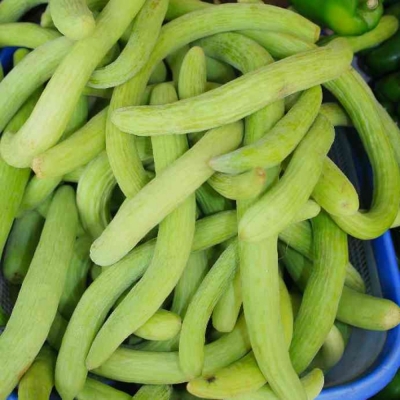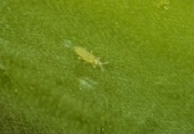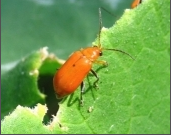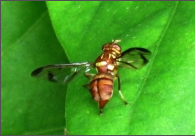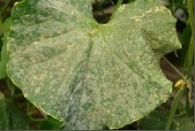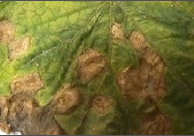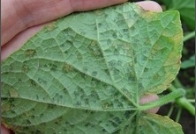General Information
Long melon is popoularly known as “Kakri”. It belongs to the family of cucurbitaceae and its botanical name is Cucmis melo. It is native to India.It has light green color fruits having smooth skin and white flesh. It is mainly eaten raw as a salad with salt and pepper. The fruit contains cooling effect therefore it is mainly eaten in summer season. Avoid drinking of water immediately after its consumption as it will lead to indigestion.
Udham Singh Nagar, Haridwar are major long melon growing areas of Uttarakhand.

